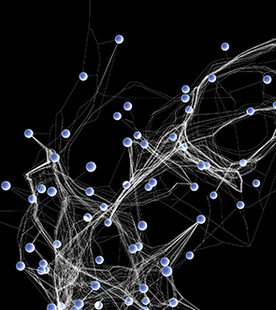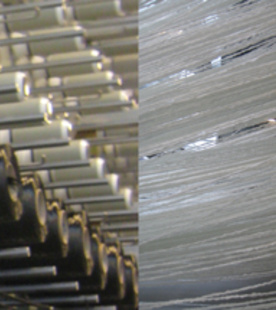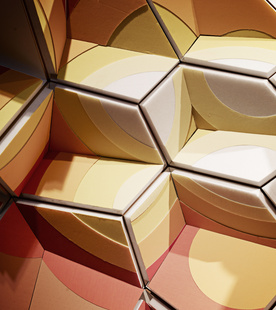Gabriella Rossi: Machine-learning applications for predictive modelling of bio-polymer behaviour in architecture
In the process of developing modern architectural practice work performed with local knowledge and specialized skills was replaced, with standardized systems, in order to to reduce uncertainty, enlarge markets, and cut costs.This project wonders if we could build outside of the rigid industry-standard we have ourselves created.

An industry that is responsible for 3.7Gt of carbon a year, and that potential to impact so many of the UN SDGs. Sustainability challenges our standard architecture practice. It challenges our limited material paradigm, and our understanding of digital software as mere computerization productivity tools.
This project addresses the knowledge gap necessary to carry on a shift towards a sustainable, less-standard architecture – in its material choices, fabrication methods and practice. Through design-led experimentation, the project proposes an alternative material paradigm: Natural materials, namely cellulose-based biopolymers previously deemed unfit for architecture because of their unpredictability, are now embraced and understood through state-of-the art digital technology.
The project advocates for a shift from material systems to designed materials. This material designability entails control over material behaviour during and after fabrication. By taking the case of cellulose-based slurries for robotic 3dprinting, the project looks at machine learning algorithms in a novel and explorative way. It develops methods via integrated sensing, artificial intelligence, digital modelling, and fabrication workflows. Cellulose 3d printing lends itself as an interesting problem for machine learning applications. It provides fertile territory for different predictive models given the it’s vast parameter space for behaviour computation. The project situates itself within a growing curiosity and interest in Machine Learning methods in architecture, which allows to explore two scientific territories of investigation: a new modelling practice combining ML and Material Behaviour, as well as a new material practice combining ML and Bioeconomy.





